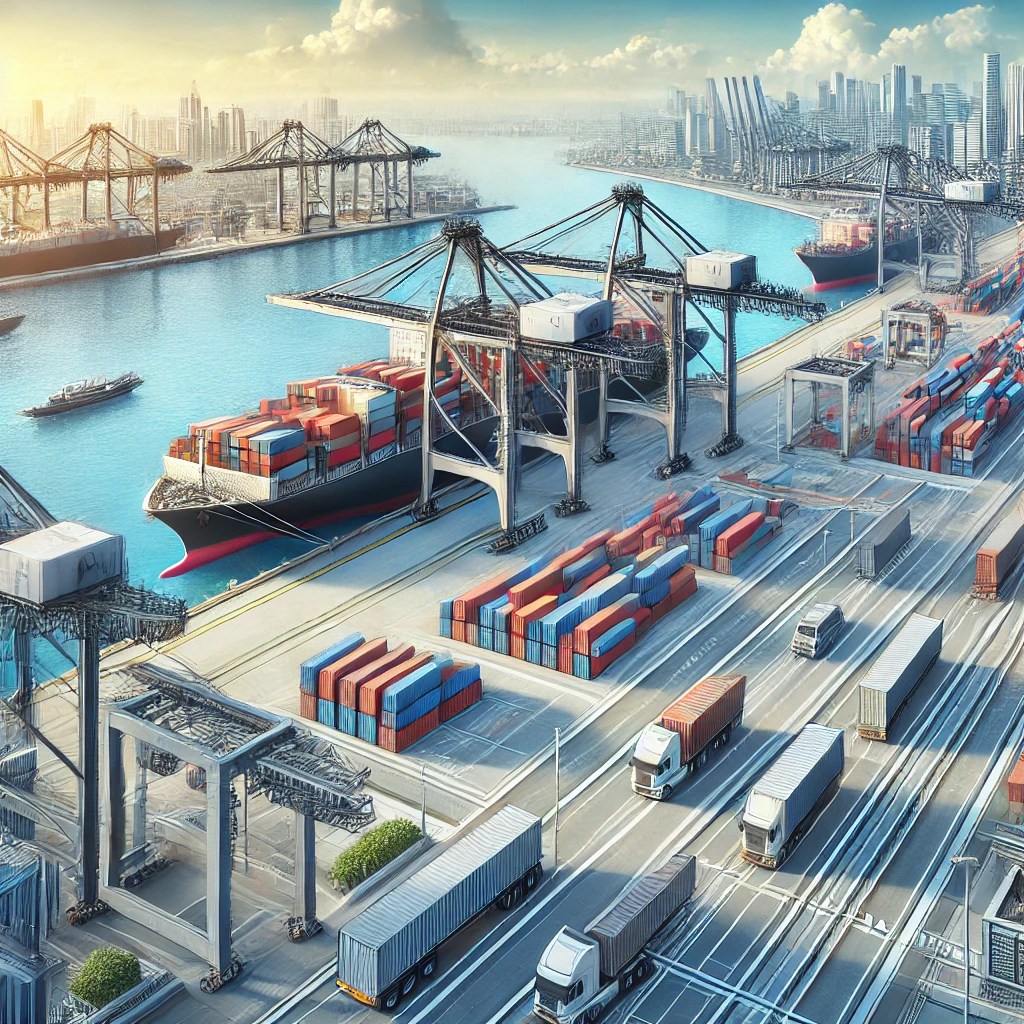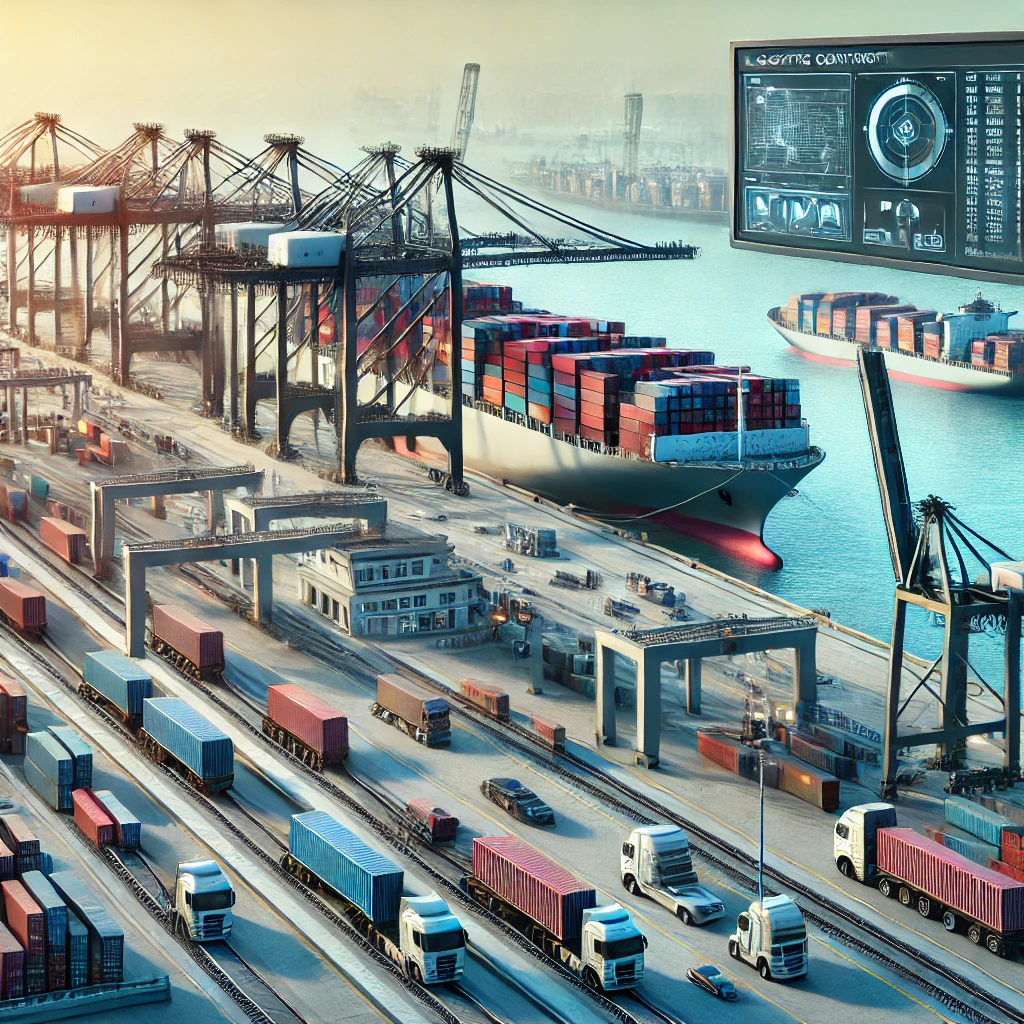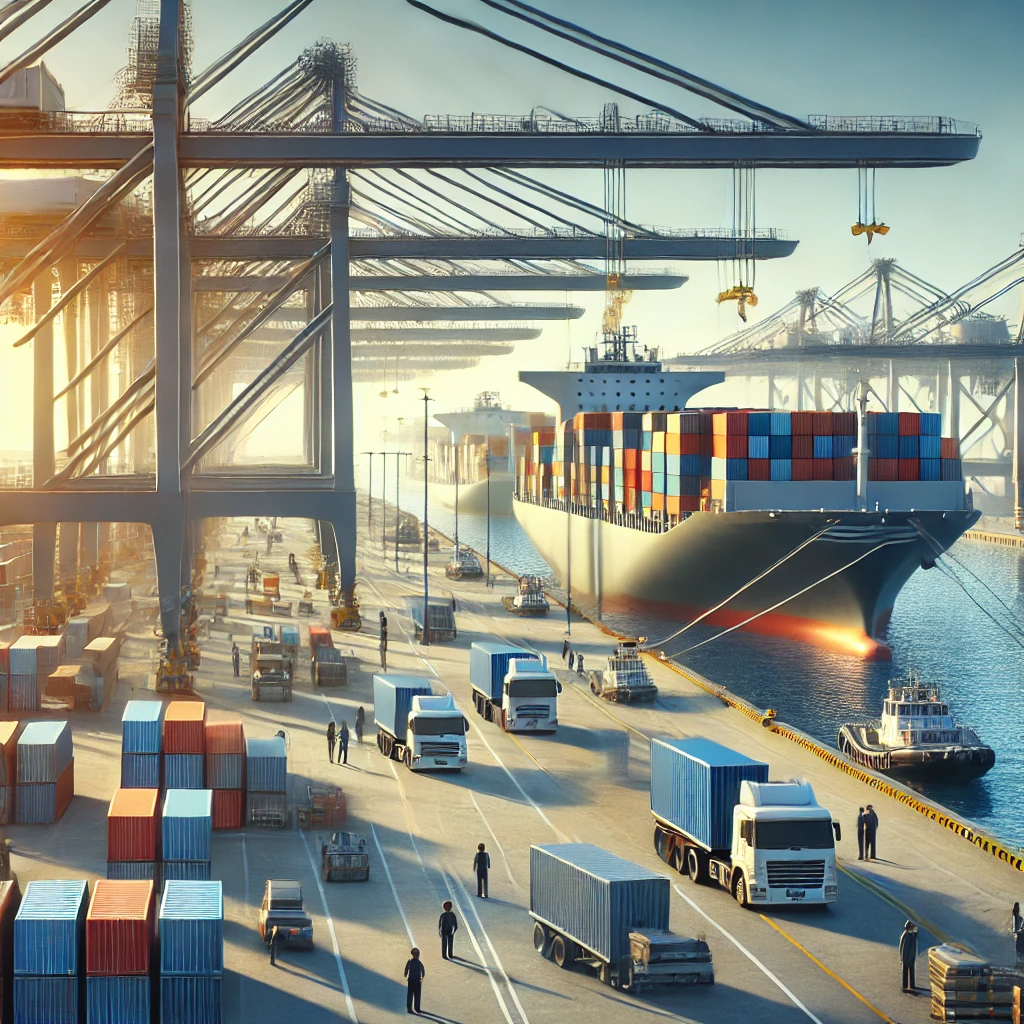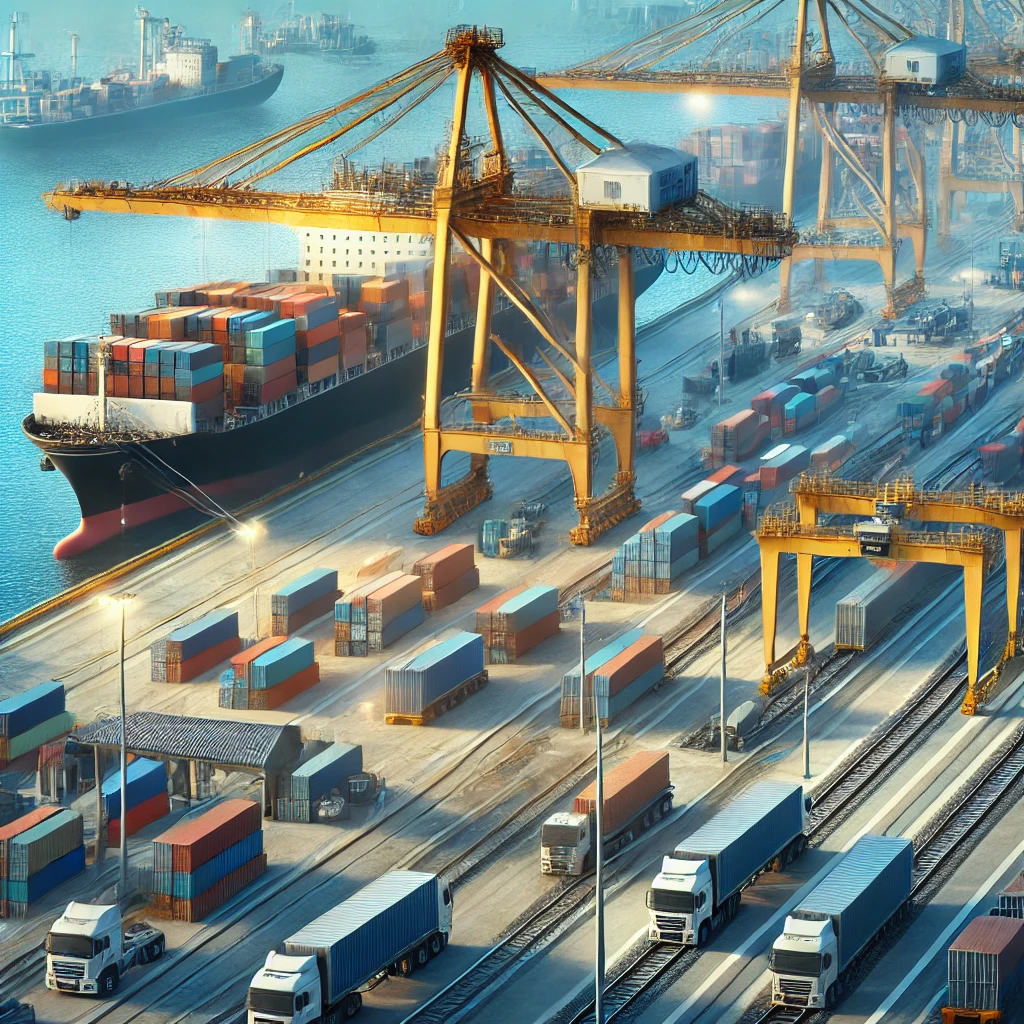Demystifying Quay Defined for Professionals

What Is a Quay?
A quay is a structure built along the water’s edge at a port, harbor, or terminal where ships dock to load and unload cargo or passengers. Quays are typically constructed using concrete, stone, or steel and are designed to facilitate efficient maritime operations.
Key Features of a Quay
- Docking Space: Provides mooring points for vessels.
- Cargo Handling Areas: Equipped with cranes and loading equipment.
- Storage and Warehousing Facilities: Located near the quay quay defined for quick access to cargo.
- Accessibility: Connected to road and rail networks for inland transportation.
- Safety and Security Measures: Includes lighting, surveillance, and protective barriers to ensure safe operations.

Importance of a Quay in Shipping and Logistics
Quays are essential for efficient cargo movement, enabling goods to be transferred seamlessly between ships and land-based transport. Their significance includes:
1. Enhancing Trade and Commerce
🌍 A well-equipped quay quay defined boosts international trade by enabling faster and safer cargo movement.
2. Supporting Freight Forwarding Operations
🚢 Freight forwarders and logistics providers rely on quays for smooth intermodal transportation, connecting maritime and inland transport systems.
3. Reducing Shipping Delays
⏳ With efficient loading and unloading procedures, quays minimize vessel turnaround times, improving supply chain efficiency.
4. Enabling Passenger Transport
🚢 Some quays are used for ferry terminals and cruise ship docking, facilitating international travel and tourism.
Types of Quays and Their Functions
Quays vary in design and purpose based on their location and usage:
1. Commercial Quays
🏭 Used for cargo handling, these quays are found at major shipping ports and container terminals.
2. Industrial Quays
🏗️ Designed for bulk cargo, raw materials, and heavy industrial shipments.
3. Passenger Quays
🛳️ Dedicated to ferries, cruise ships, and passenger vessels, providing docking and boarding areas.
4. Fishing Quays
🎣 Located in coastal areas, used for offloading fish and seafood from commercial fishing boats.
5. Naval and Military Quays
⚓ Reserved for naval operations, supporting military and coast guard vessels.

How Businesses Benefit from Efficient Quays
1. Faster Cargo Handling
📦 Optimized loading/unloading speeds up the supply chain and reduces logistics costs.
2. Seamless Intermodal Transport
🚚 Direct access to trucks, rail, and warehouses ensures cargo is efficiently transported to its destination.
3. Cost Savings in Shipping
💰 Efficient quay quay defined operations reduce storage fees, demurrage costs, and shipping delays.
4. Improved Security for Cargo
🔐 Ports with well-managed quays have advanced security systems to protect shipments from theft or damage.
Challenges in Quay Operations
Despite their benefits, quays face operational challenges such as:
- Port Congestion: High traffic can lead to delays.
- Environmental Regulations: Ports must comply with eco-friendly logistics practices.
- Infrastructure Limitations: Some quays require modernization to handle larger vessels.

Frequently Asked Questions (FAQs)
Q1: What is the difference between a quay and a dock?
📌 Answer: A quay is a structure where ships are moored, while a dock is an enclosed area for ships to be loaded, repaired, or maintained.
Q2: How does a quay impact global trade?
📌 Answer: Quays are essential for international shipping, ensuring efficient movement of goods across global markets.
Q3: Are quays used for passenger transport?
📌 Answer: Yes, many quays serve as passenger terminals for cruise ships and ferries.
Q4: How do quays support eco-friendly shipping?
📌 Answer: Ports are implementing green logistics solutions such as shore power, hybrid cargo handling equipment, and emission control measures.
Conclusion
Quays are fundamental to maritime trade, serving as key points for cargo handling, vessel docking, and intermodal transport. Their efficiency directly impacts supply chains, logistics costs, and global trade performance.
By understanding the role and benefits of quay operations, businesses can optimize shipping strategies, reduce costs, and improve supply chain reliability.
